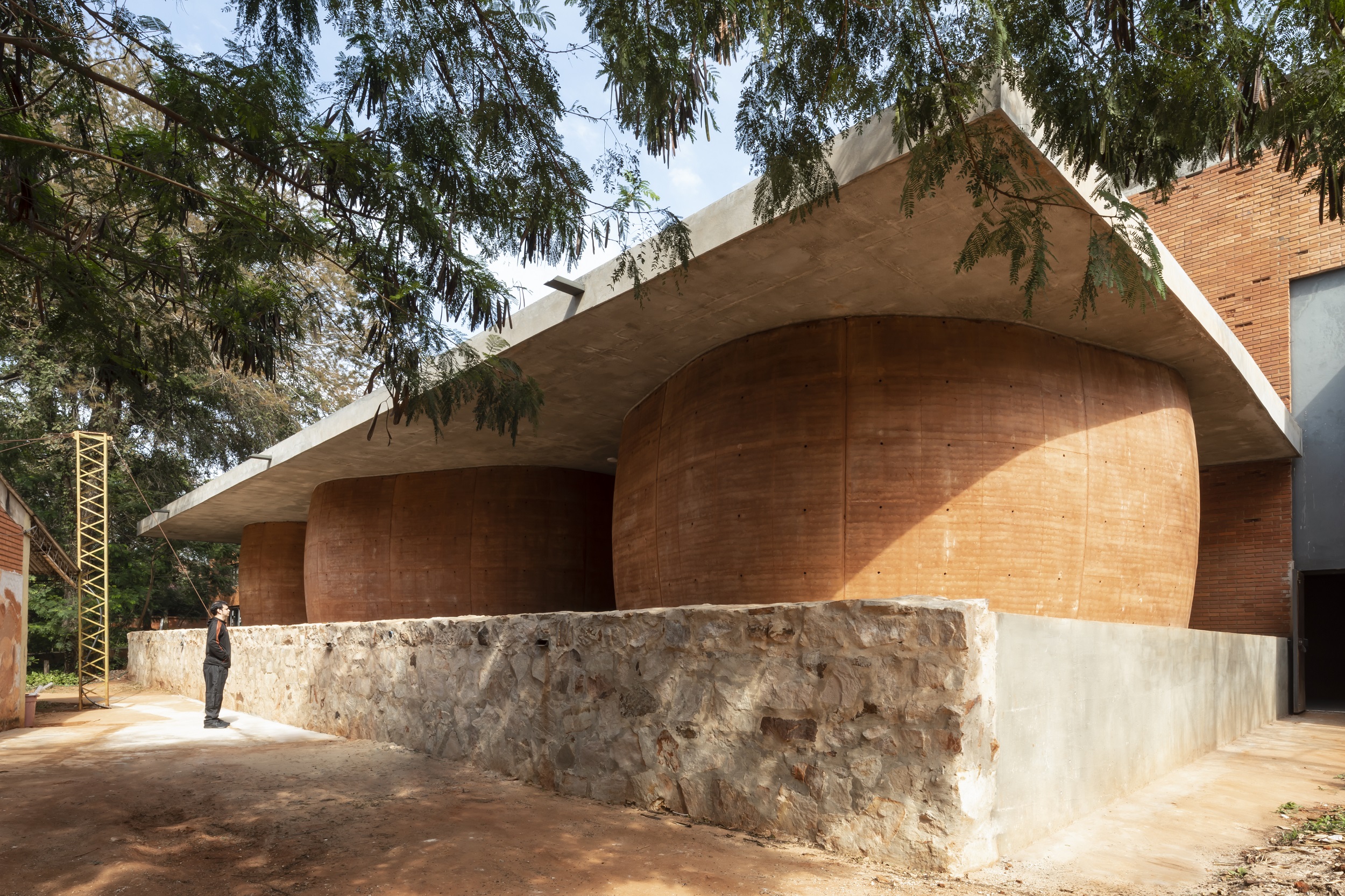Success Is the Result of Previous Experience
07/03/2023
Founded in 2011 in Cienfuegos, Cuba, Albor architecture studio is the result of the association of Carlos Manuel González Baute, Alain Rodríguez Sosa, Camilo José Cabrera and Merlyn González García, a group of young architects who share interests in professional and creative activity, assuming it with special attention to the processual and the investigative. From new diasporic locations, they reflect on the development of their practices, research and learning in the particular Cuban context.
Education
Formation
Albor has its antecedent in 2007, when Carlos Manuel González Baute and Alain Rodríguez Sosa graduated from the Las Villas School of Architecture and sought to transfer the work dynamics of the student stage to professional practice, moved by a strong aspirational and vocational character. The context of deficit—material, normative, procedural, constructive, etc.—in which they found themselves, conditioned their way of starting to do architecture. The initial objective was to create a reference through projects carried out for family and friends, with the intention of receiving real commissions, as they were creating an "independent architecture studio"—something practically non-existent on the island. The identification of the most significant construction sector for decades in the country and the construction by own effort of small scale would mark the direction of work in the following years. Likewise, they initiated a research process about the significant transformation of the compact urban habitat in the city of Cienfuegos, under the tutelage of MsC. Raúl Manuel Pla León and Dr.Cs. Dania González Couret.
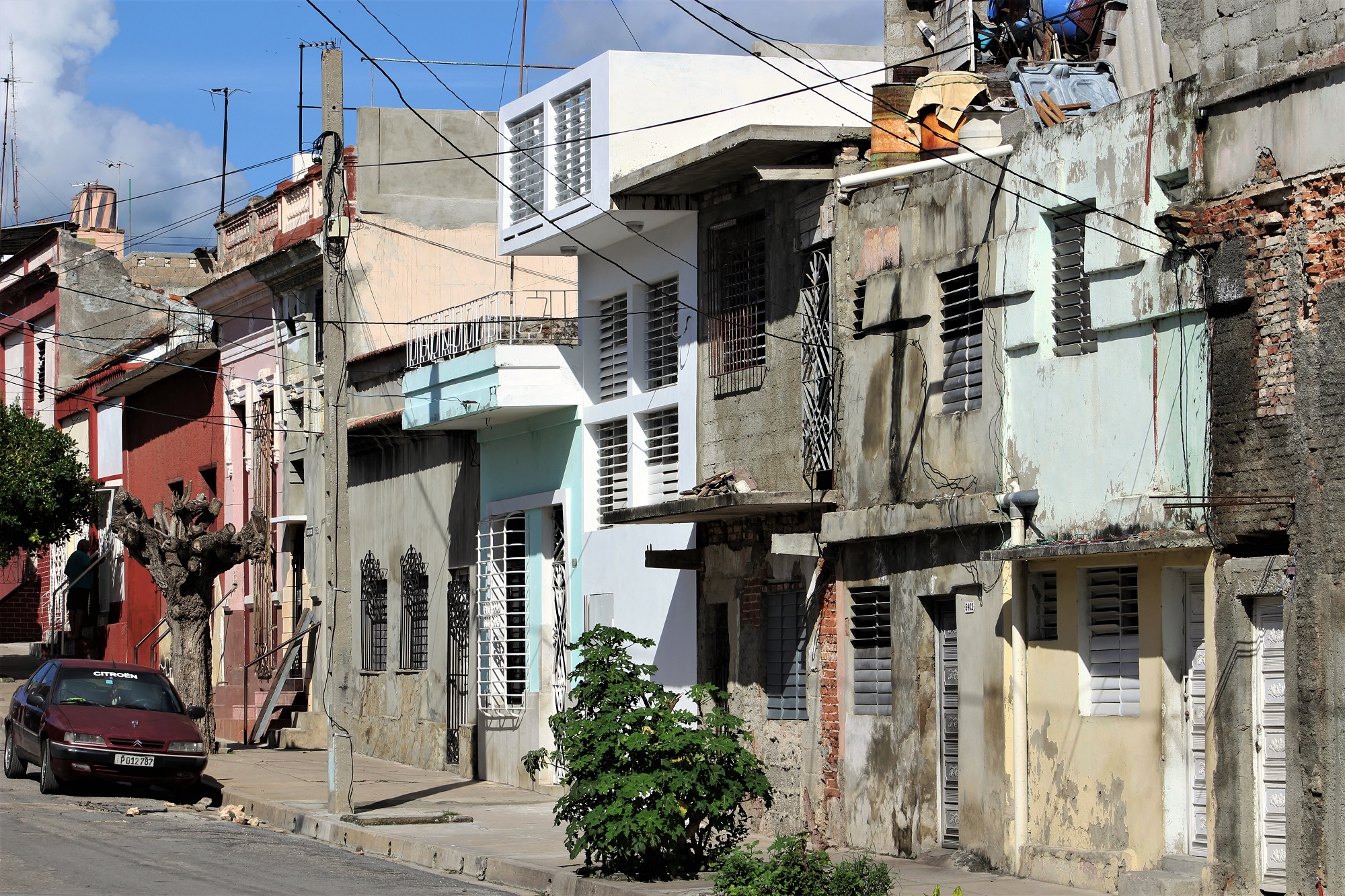
During this research, the first commissions arose that brought us closer to local construction processes. The identification of the variables that concern architecture, the recognition of multidisciplinary work with the main objective of achieving an "essential" architecture, would mark the direction of the practice to come.
In 2015 and 2016, respectively, Albor was joined by Camilo José Cabrera Pérez and Merlyn González García, graduates of the same Faculty, motivated by the way in which this alternative of work and thought had been shaped from the relationship between the intuitive and the professional. Since then, the nucleus formed by this duo of generations has marked the search for practice for the discernment of an essentiality of the real, of the conductive, and the capacity of the environment to influence and modify the activity of creation.
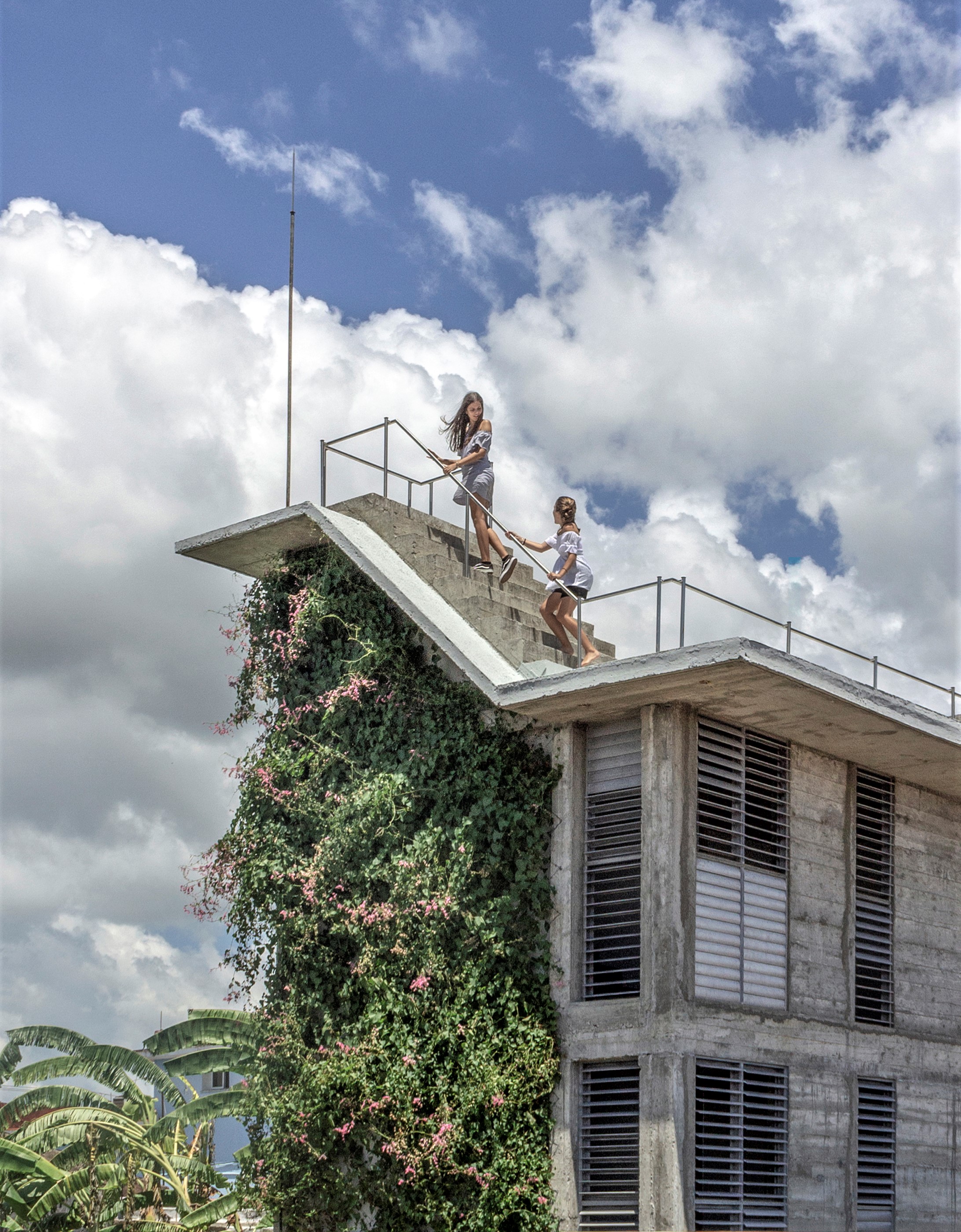
Teaching
Starting from this idea of the naive-aspirational, of the self-formation of canons and work structures, it is interesting for us to comment on the assumption of practice with a strong pedagogical component. In Albor, the learning roles are mobile, a bit different from the usual sense of hierarchy and regulations in the field of architecture and construction. The circumstance of trying to undertake a practice outside the structures, let's say, of the state, also put in crisis these systems of professionalization to take them to more intuitive grounds, and in the practical case, to the phenomenon of 'construction by own effort'—a type of self-construction that is handled in Cuba for small-scale and low-budget works. In this way, professional roles were often interchanged, with the architect being apprenticed by the construction worker or the design professional, moved by intuition or family influences, or transcending the limits of the profession. On other occasions, from the profession, we try to promote or teach ways of building rescued from tradition or reinterpreted from the past, placing them in the complexity of today's Cuban society, with emphasis on its material expressions. Within the team, it is also usual to research with academic sources necessary for the theoretical reaffirmation or the elaboration of new approaches in the face of an apparent structural blank canvas. In this way, we could travel transversal paths from the academy to the popular expression of knowledge and vice versa. We are very pleased with the idea that this type of transversality can contribute to the teaching that is carried out by the Faculty, as well as that academic research can use our practice as a bridge to experiment or contrast their approaches.
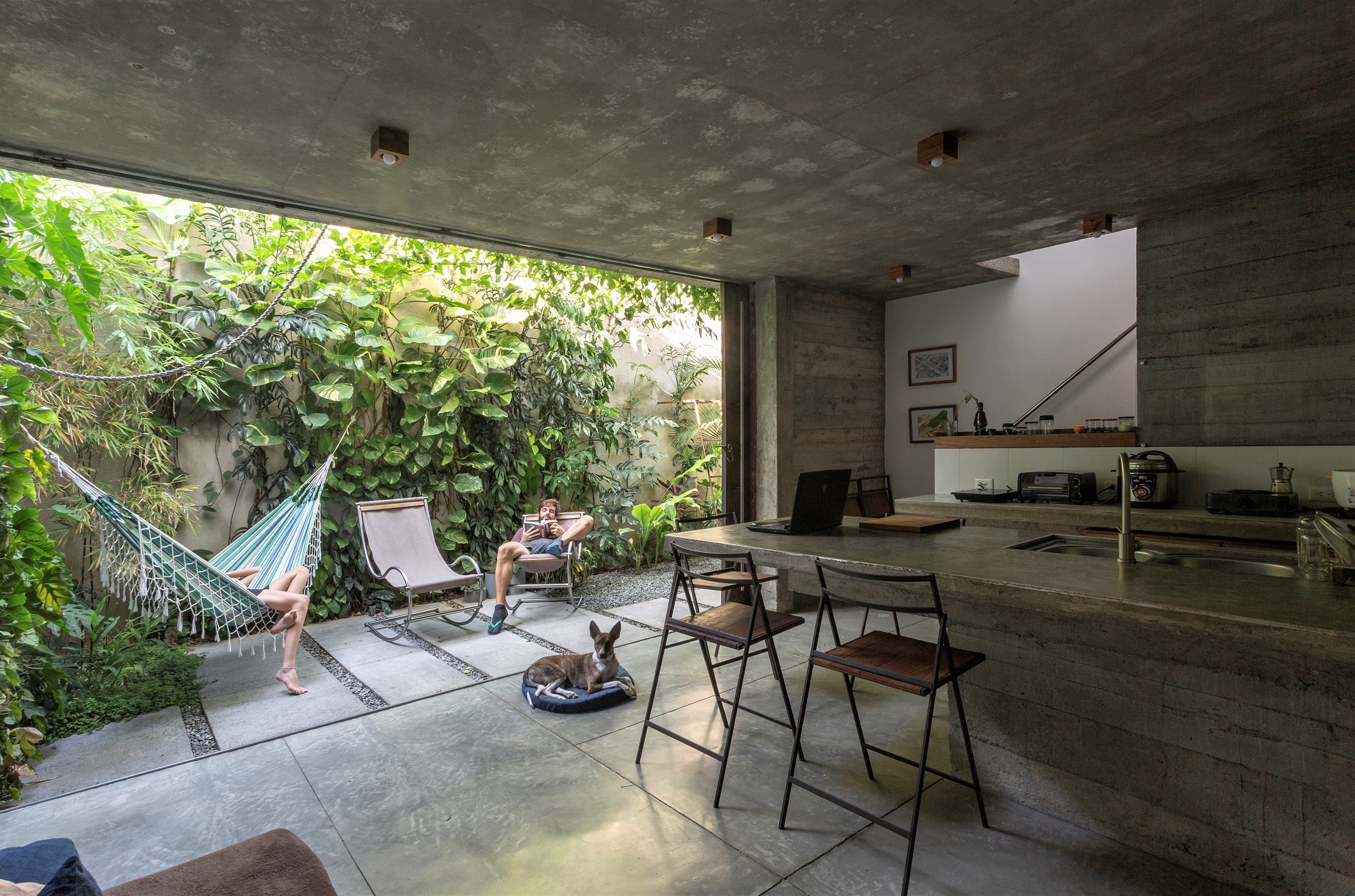

Learning
We are attentive to those problems and phenomena of reality that have the capacity to translate into architectures. Through our practice, we reflect and propose from them. In this sense, essential results that demonstrate the ability to overcome unstable tendencies or circumstances, or that can remain latent in difficult situations for the conservation of the gesture, or knowledge that can be reused in other expressions, are constituted as referents. We do a compilation work that we have used in the study of the urban scale, which is a position from which we recurrently place ourselves to project. In this way, we have conducted research related to social housing and its problems, as well as the analysis and characteristics of public space in the specific conditions of the cities where we have worked.
Processes
Beginnings
The circumstances of economic opening that took place in Cuba since 2010 placed us within a generation that, for the first time in 50 years, was able to access small private commissions. Within this context, in Albor, the professional practice has always been linked to research, essentially to the transformation of the compact urban habitat and, specifically, to the single-family house as the main shaping element of the city of Cienfuegos. Organizing our practice in a scenario isolated from the epicenter of the nascent group of independent Cuban architects, which by that time had been emerging in Havana, pushed us to group ourselves under common interests that had nothing to do with economic benefits. Most of the projects we developed since then were the transformation of our own living spaces, where most of the results of the research developed over the years were applied. The care of the constructive processes and the dissemination of these experiences brought us closer to client-friends, with whom we replicated these processes and incorporated new elements.
Questions
Having established Albor as a space for professional growth rather than as a scenario of economic benefit, a space to share the concerns and worries of a group of professionals, leads us to go through all the possible variants, where containment and, above all, the critical exercise in search of the essentials of the project is the most important thing.
Probably the greatest learning during this time has been to recognize precisely the value of the process. We have understood that our work is linked to the valorization of the whole process of the work, with increasing involvement in each part of it, understanding that in Cuba, due to its contextual characteristics, nothing can be taken for granted.
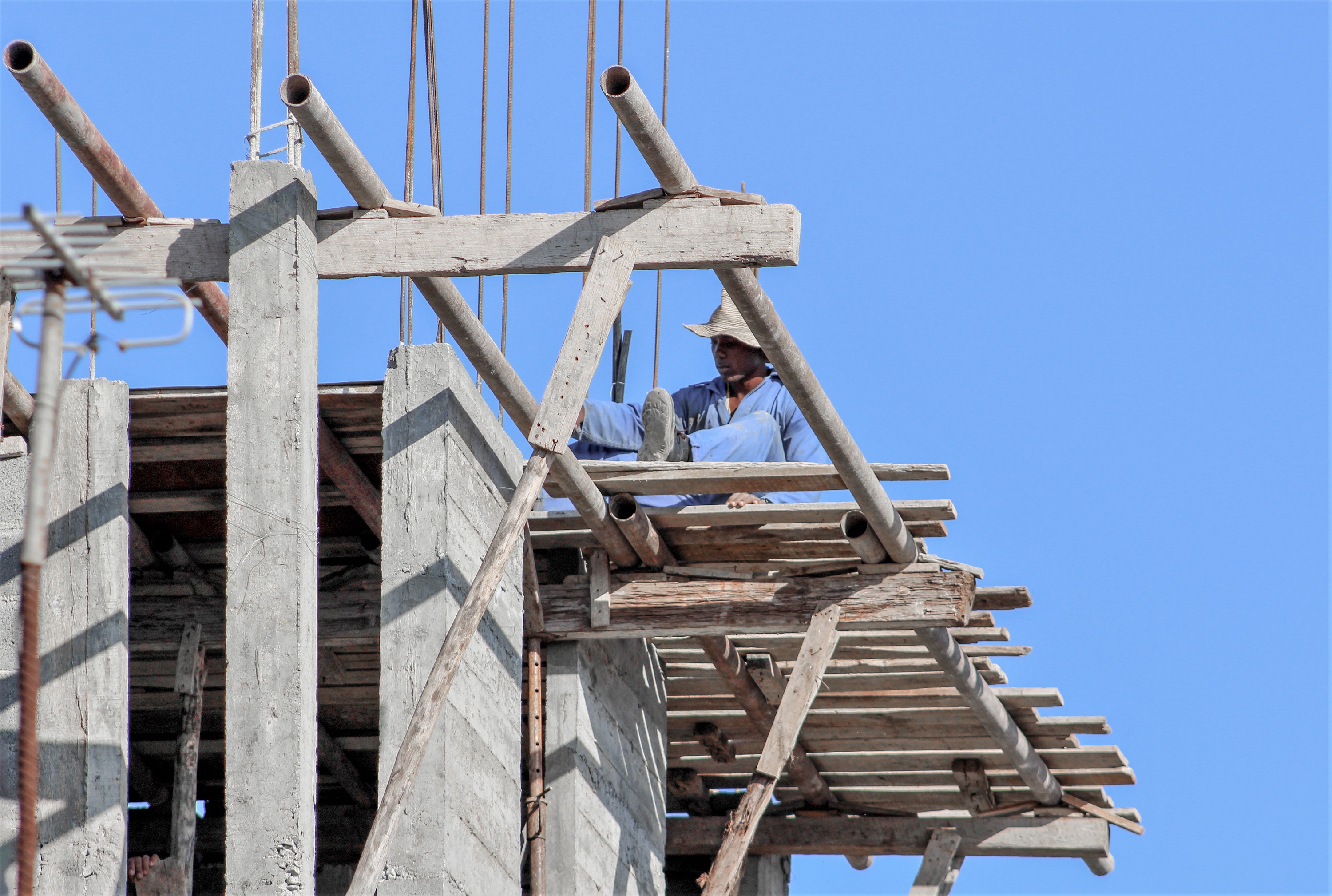
Strategies
Our work dynamics are based on diluting hierarchies, at the same time that each member is the protagonist of any creative process where, independently, each one makes his or her greatest contribution from his or her greatest strength or concern. This type of spring forms a dynamic based on the multiple readings of the problem and the constant rethinking of possible answers.
Procedures
In our projects, the previous study of all the surrounding conditions is fundamental. We have developed our work with all kinds of limitations, and many times we have had to reinvent everything from our creative process to the way in which and with what we build. Faced with the question that each project brings and that constant reformulation of starting points that have to do with the context, the fundamental tools revolve around research, the definition of the starting points, and their crisis. In this process of location and reformulation, the springs emerge that carry forward the projects, which, many times, presented a scenario with everything to be done or defined.
Dialogues
Faced with this kind of terrain to be inhabited, there was generally an irradiation of the project outside the scope of the "studio." In this way, in the development of the project's problems, many more people were participating, even outside the strict scope of the construction of the work, such as family circles, friends and acquaintances, professionals from other areas who were entering and participating in the process of creation in an atmosphere of exchange that was very satisfactory for the project's process. The relationships that were established were very much permeated by the open character of the practice and its particular economic condition and legitimization.
The condition of parallel or alternative work generally ended up blurring the conventional labor boundaries, as the processes were displaced from their traditional locations—studio—and developed in a practically nomadic way, with the studio on the shoulder, in itineraries that alternated between home, the workspace itself, the public space, the home of other family members, etc.
Works and Projects
In Progress
The very circumstance that has driven the work we have developed in recent years—that kind of work carried in relation to the context—and the condition of labor parallelism that has characterized it, determine a practice rooted in reality, impossible to abstract from its context.
Currently, the members of Albor have emigrated outside Cuba and this has led to putting the joint creative work on hold for an indefinite period of time. Fortunately, we continue to be related from different latitudes as part of the same flow that has characterized the dynamics of the group.
In Retrospect
We could say that we have learned from everything. We have been so involved in each work that it would be very difficult to discern between them. Having enjoyed the processes so much has made us more aware of the questions and their solutions.
Much of the experience in architecture is cumulative, and we would like to think that each work or project, from its positive and negative conclusions, has guided us to make the next one with more answers, where the success is often the result of previous experience.
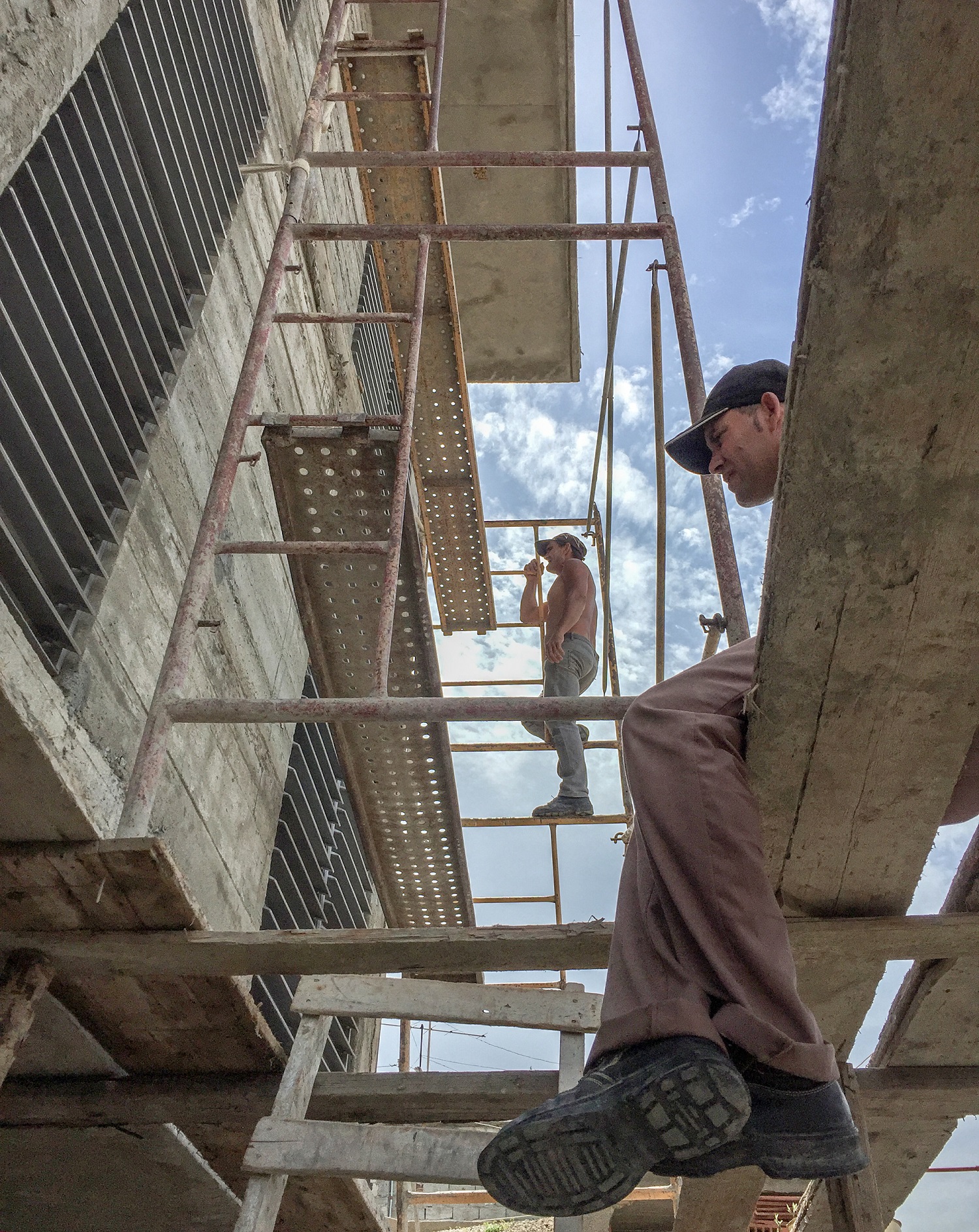
Contexts
We would like to think that our work is the result of a condition of contextual work, of craftsmanship-professional relationship, the construction from the site on a daily basis, and the interpretation of the proximity to the material and social process of architecture. The spatial adjustment and understanding of the place, beyond the initial project, and the reformulation from "professional" positions of the self-generated, from the relationship with widely meditated scenarios and sites that explore, in perhaps even naive ways, central notions of architecture. This notion of being treated towards the public in the very process of the project and its development. Perhaps it is interesting to mention that, for us, within this idea, the family or the familiar is of particular importance. The transversality that is capable of generating in the creative processes this notion of the familiar, whether in interpersonal relationships or in how these are developed on the territory, has had the most valuable conclusions in the work developed reading sometimes refers to a specific context of the work, but it can also be understood as a tool for analyzing much larger contexts, of realities that transcend the physical to turn in the same way to other categories or phenomena; that is, the reading of the context understood as a reading of more incommensurable or multidimensional processes. In relation to the notion of the public in our work, and in its processes, we believe that this has been determined by its own condition of indefiniteness. In the absence of so many delimiting elements, the character of the work takes on a dimension that we can understand as public: the social relations that are braiding the projects, determined by these characteristics, make this orientation towards the public be understood beyond the work in its most conventional architectural definition and be treated towards the public in the very process of the project and its development. Perhaps it is interesting to mention that, for us, within this idea, the family or the familiar is of particular importance.
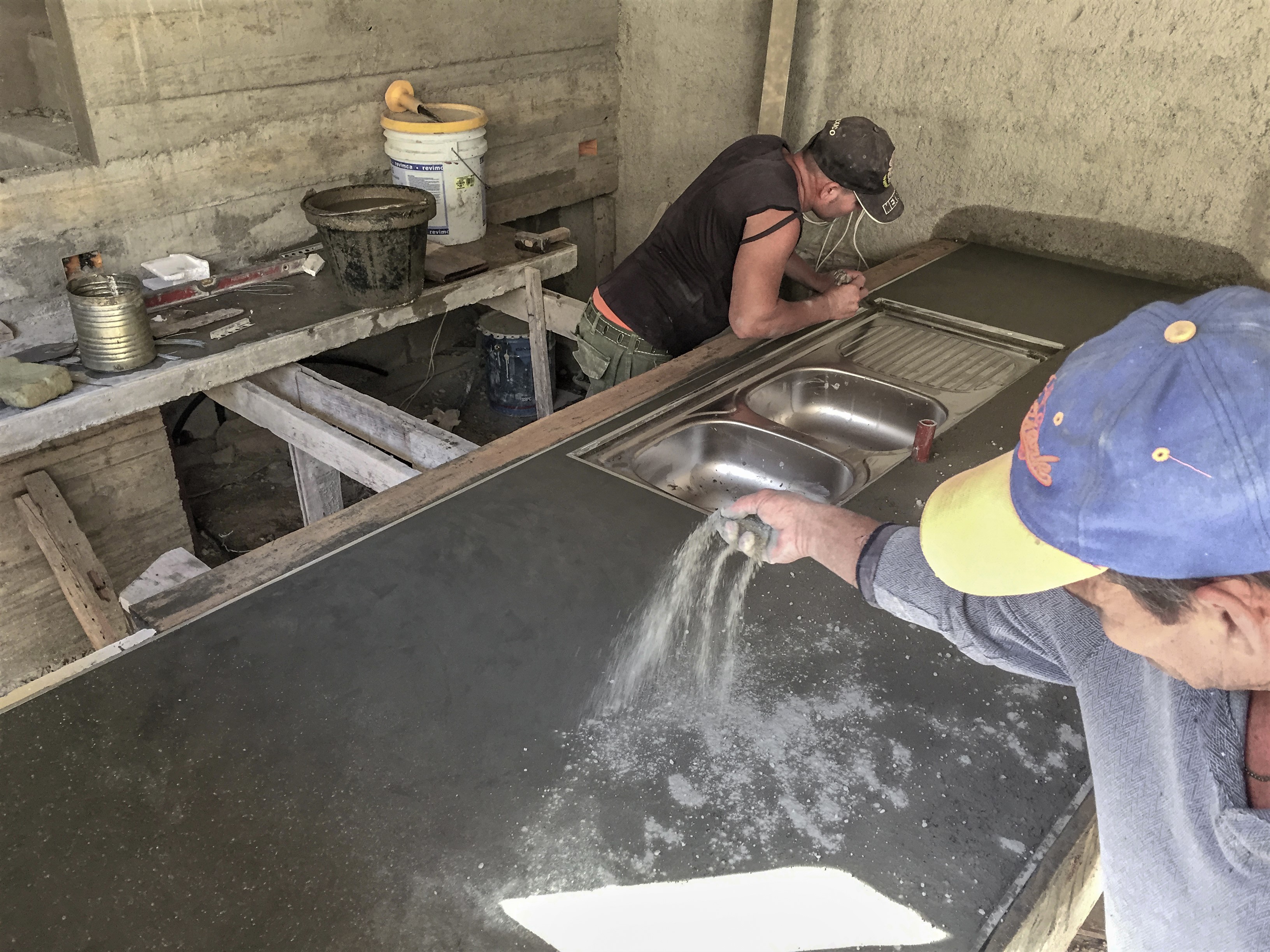
The transversality that is capable of generating in the creative processes this notion of the familiar, whether in interpersonal relationships or in how these are developed on the territory, have had the most valuable conclusions in the work developed and in the objects and architectures generated in these processes. They are physical elements that carry these knowledge and experiences whose greatest value is probably in being witnesses of these processes and relationships.

